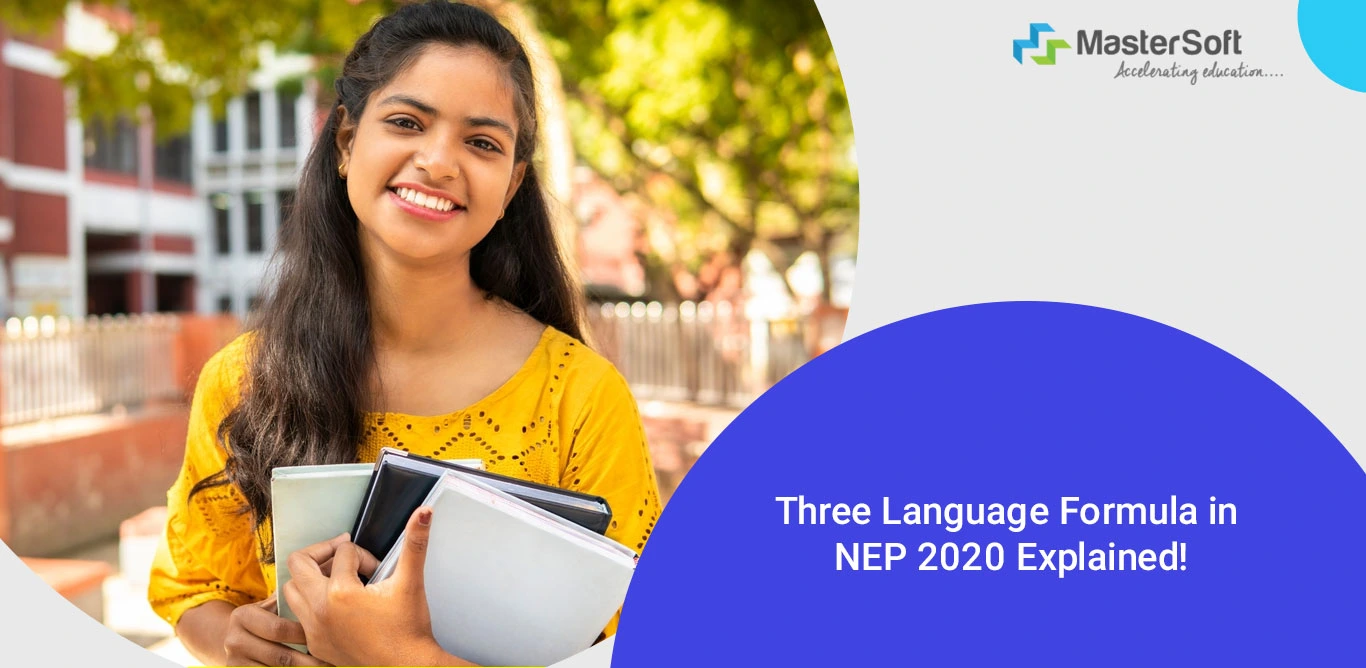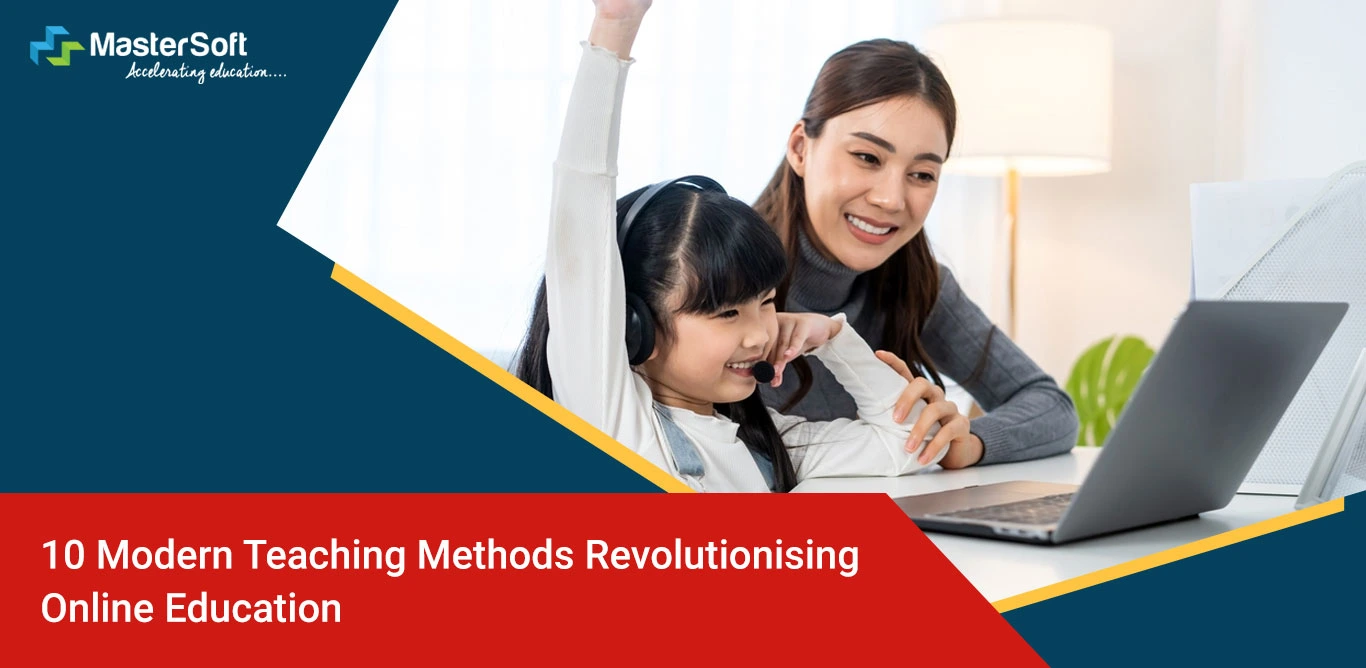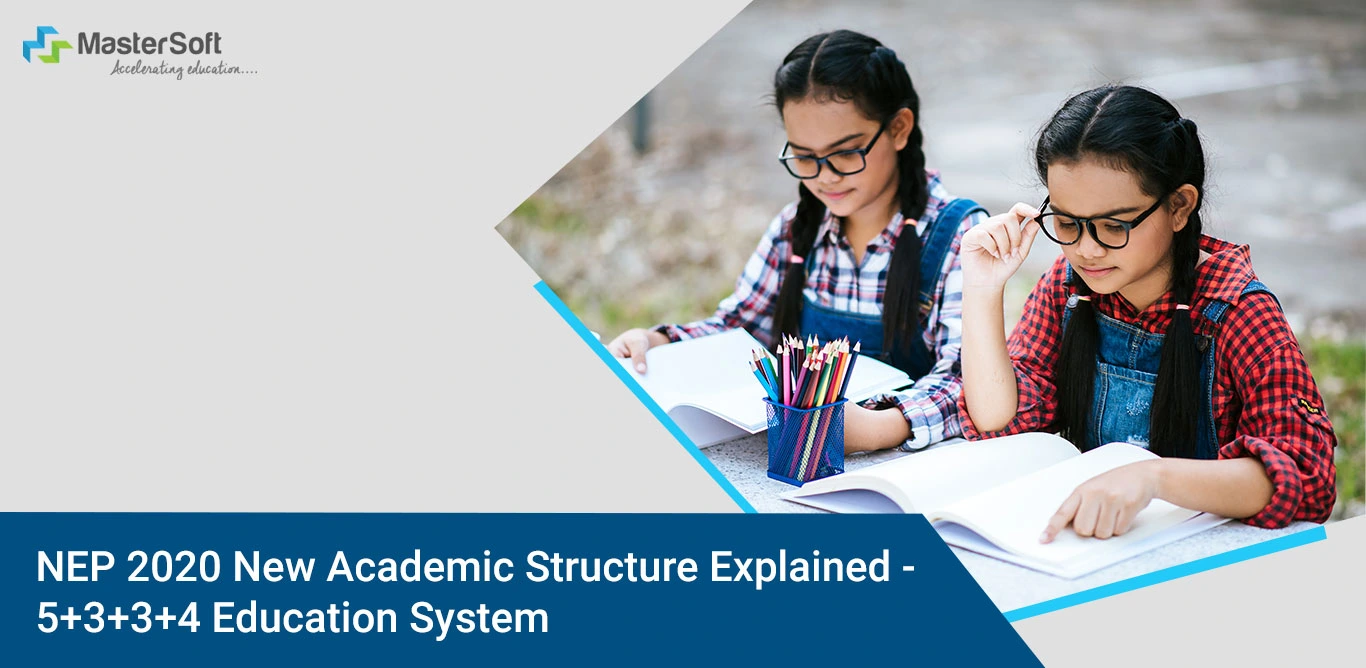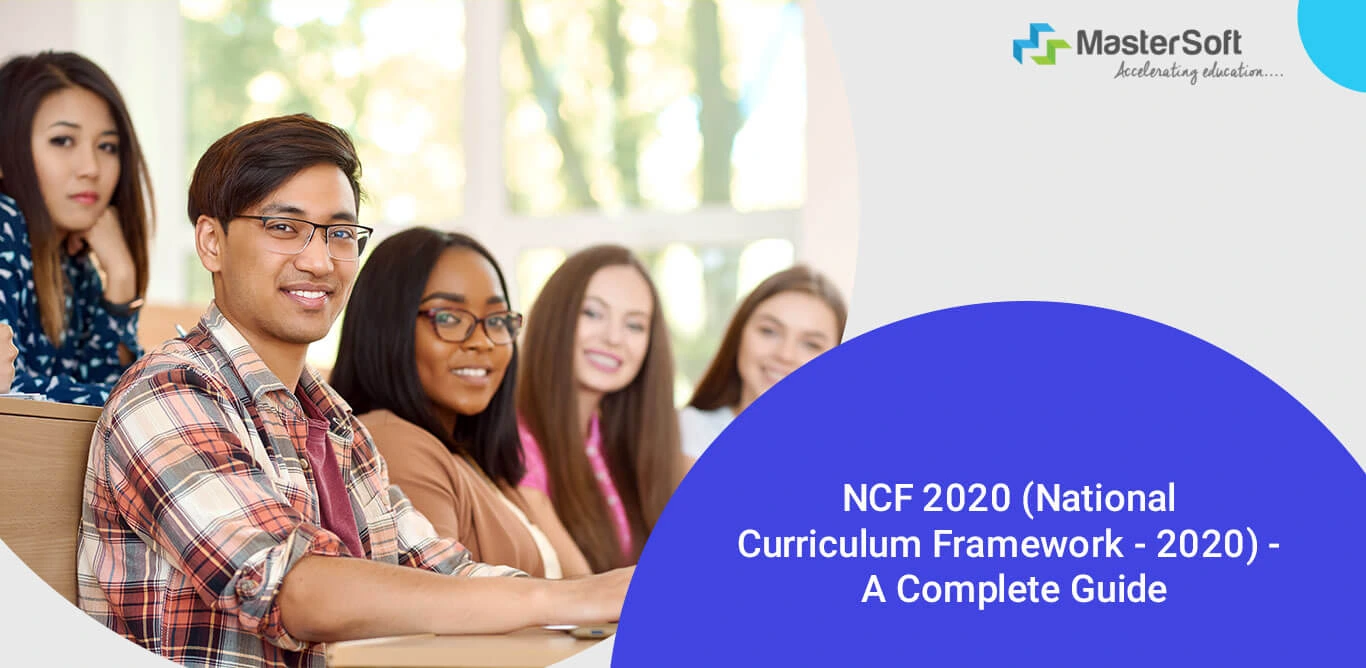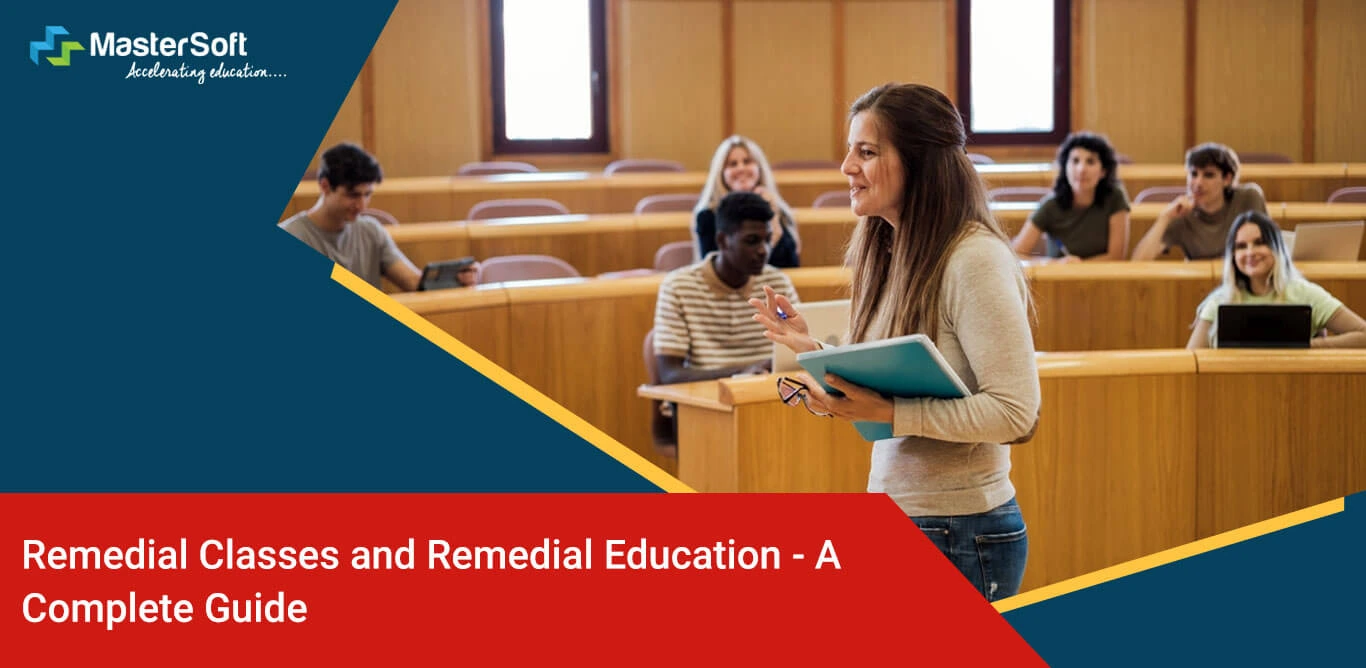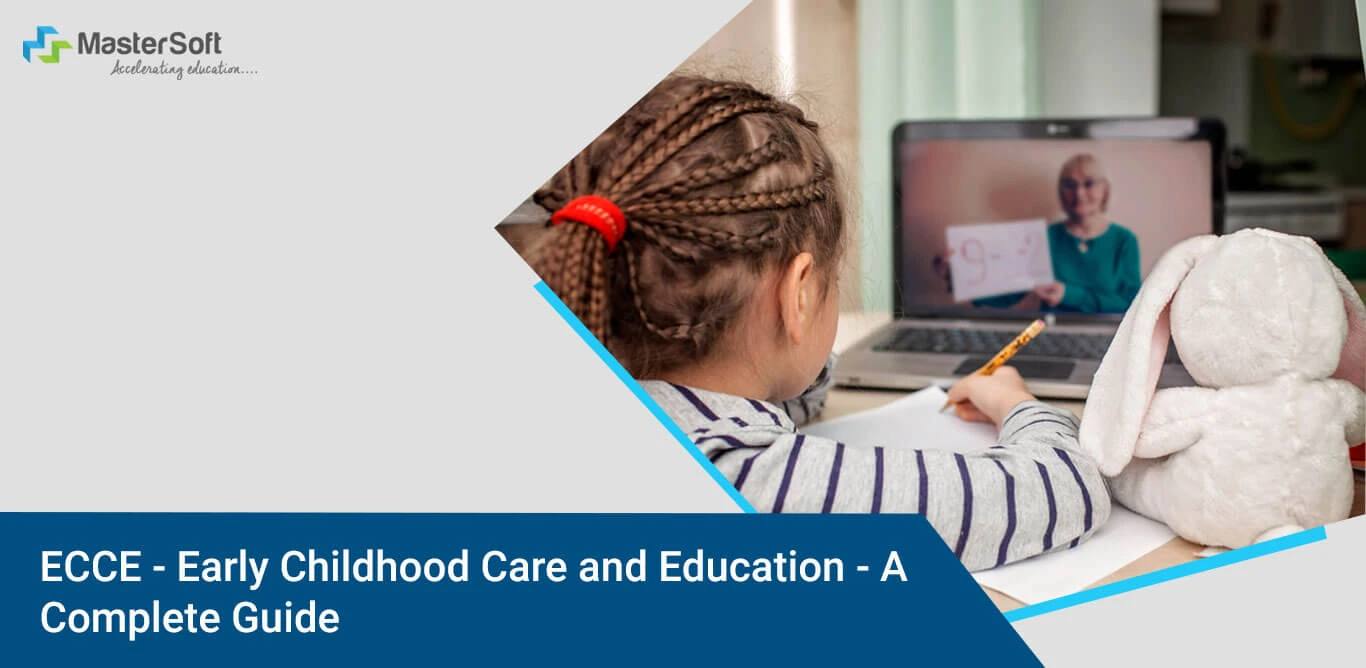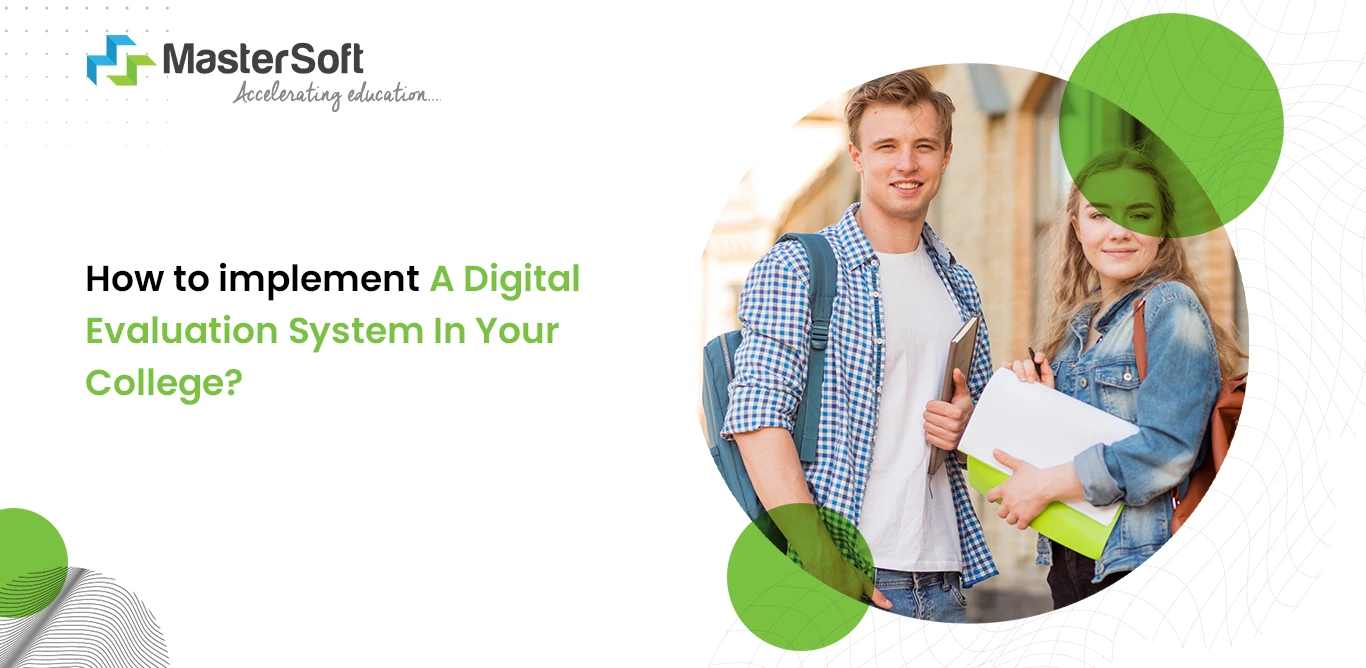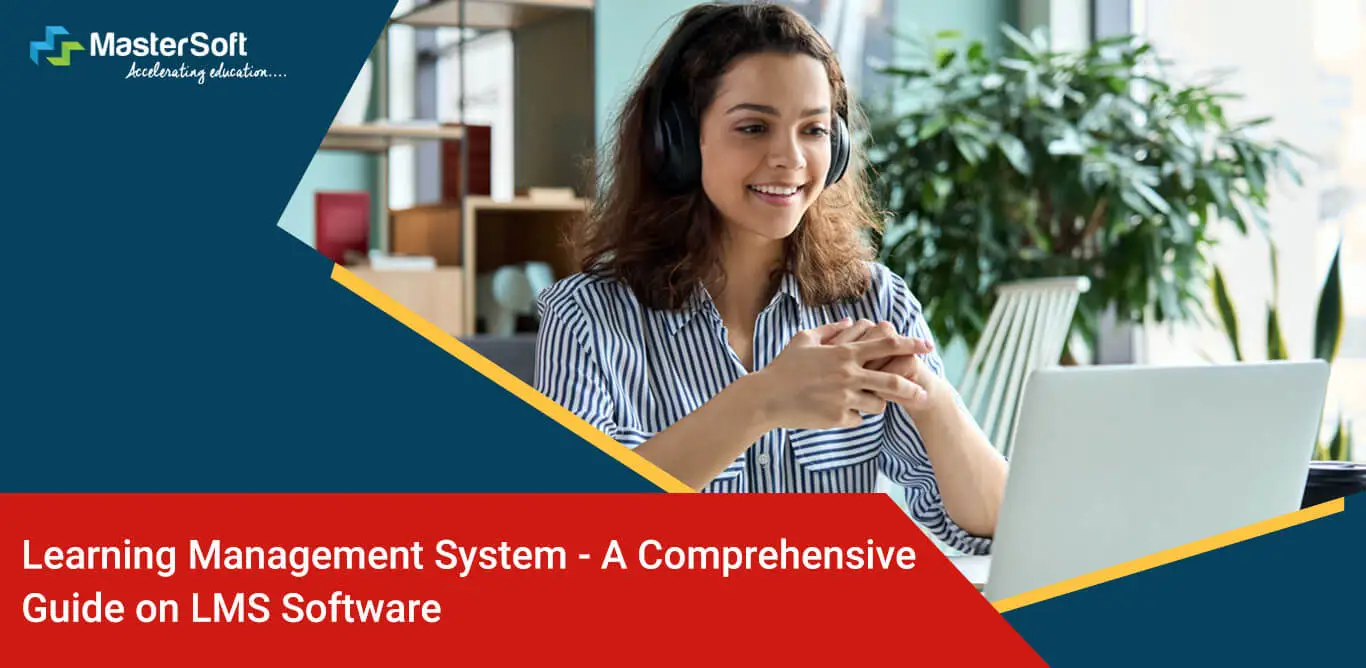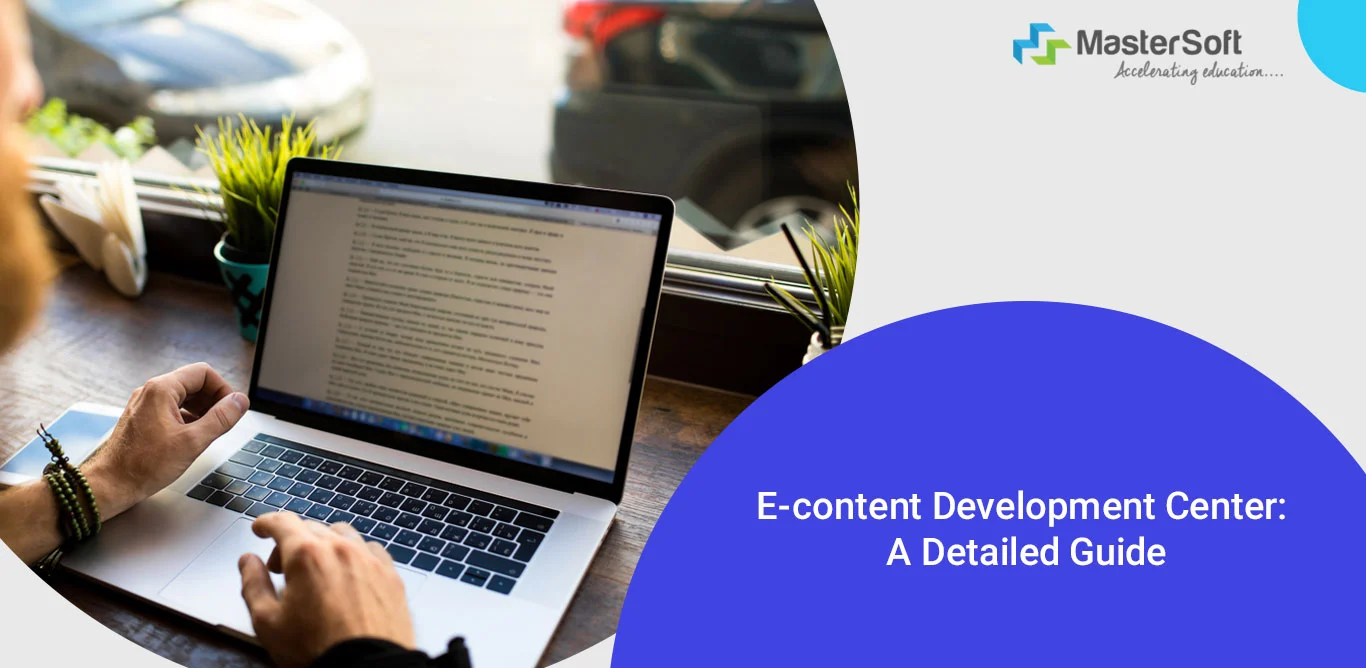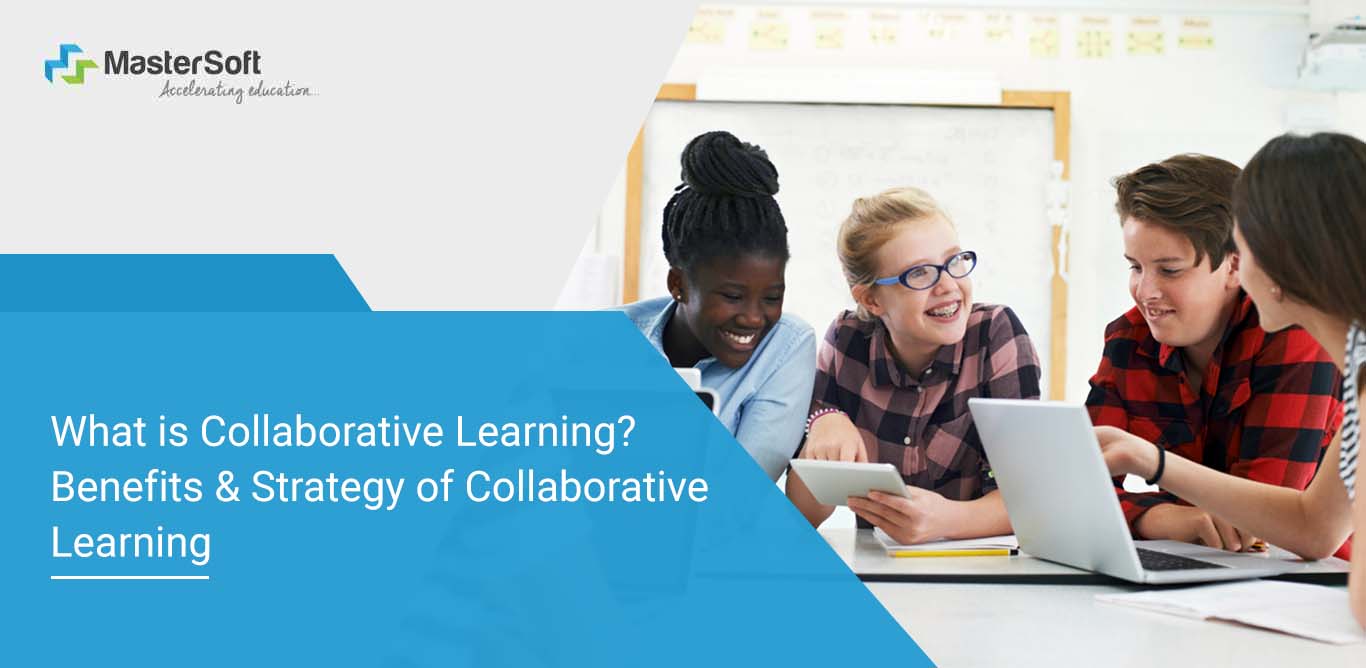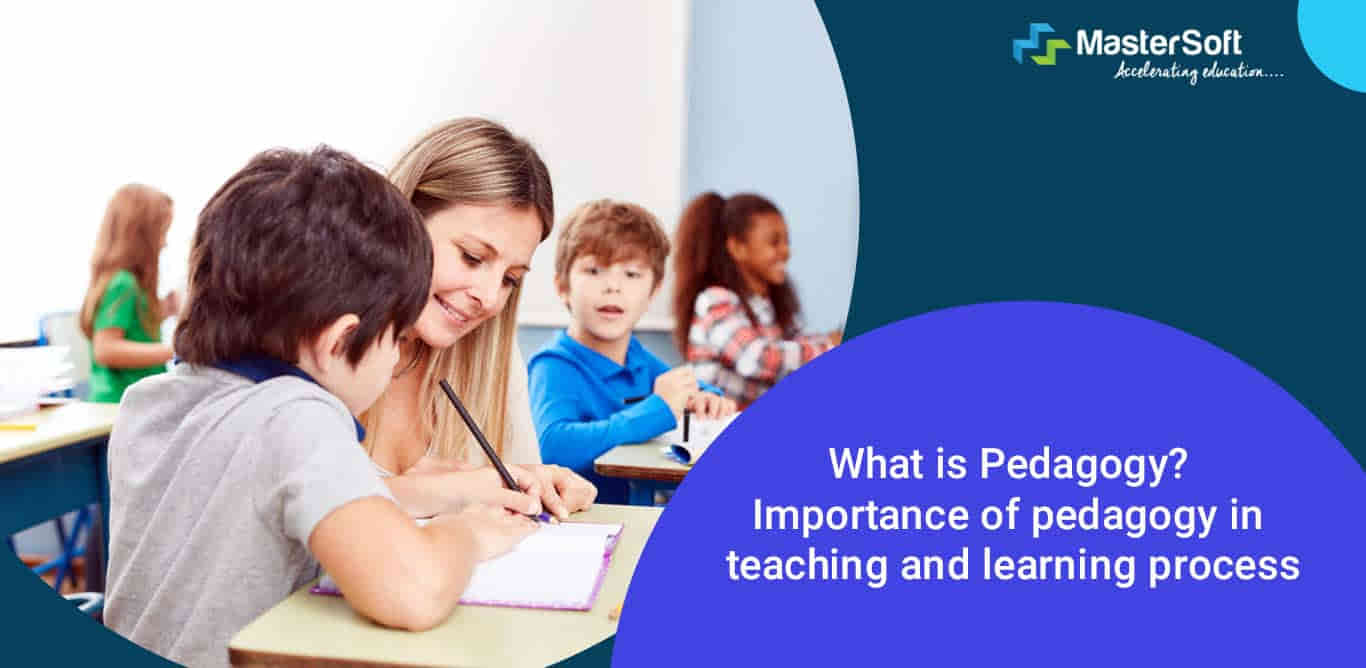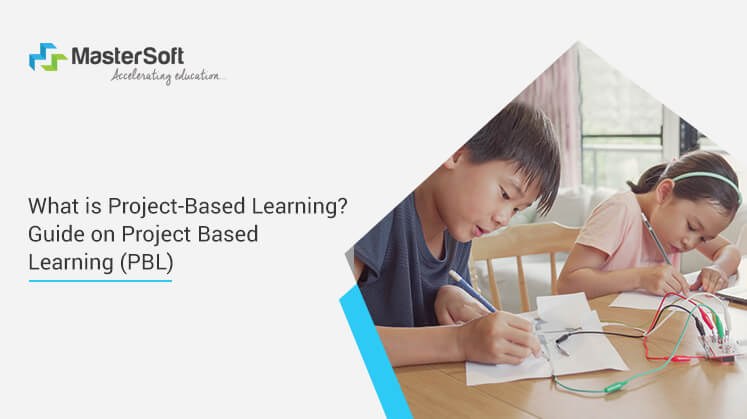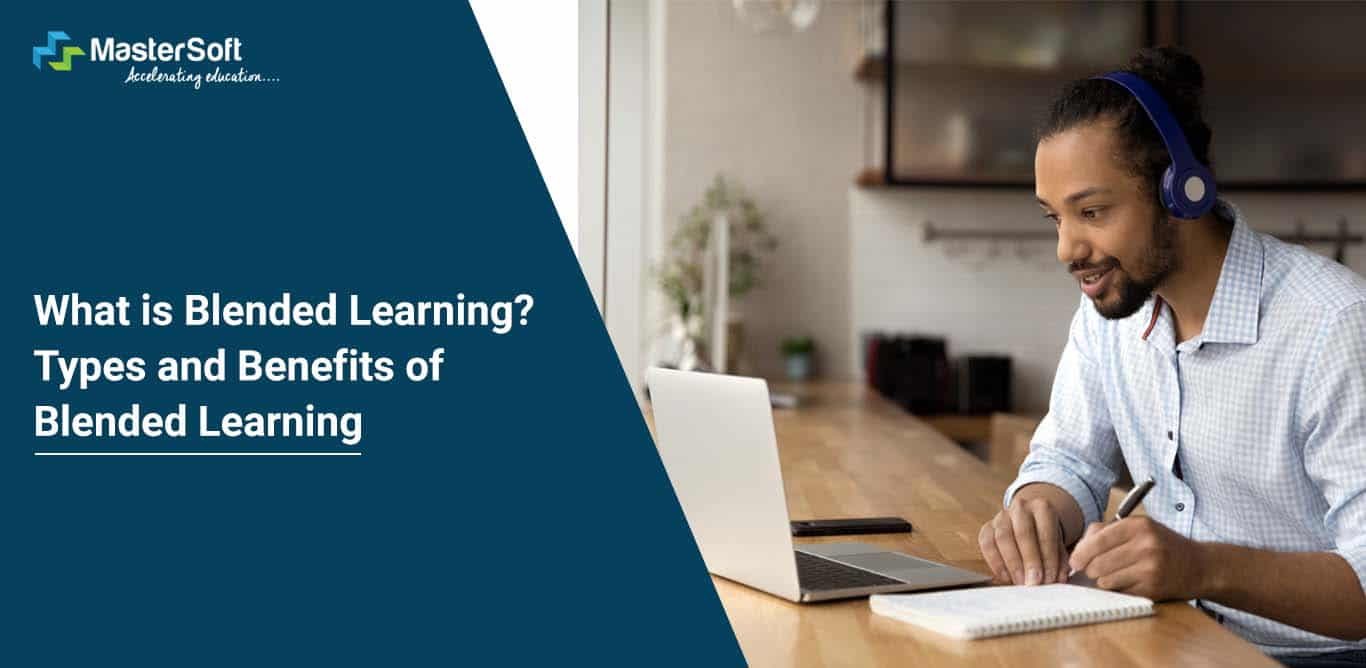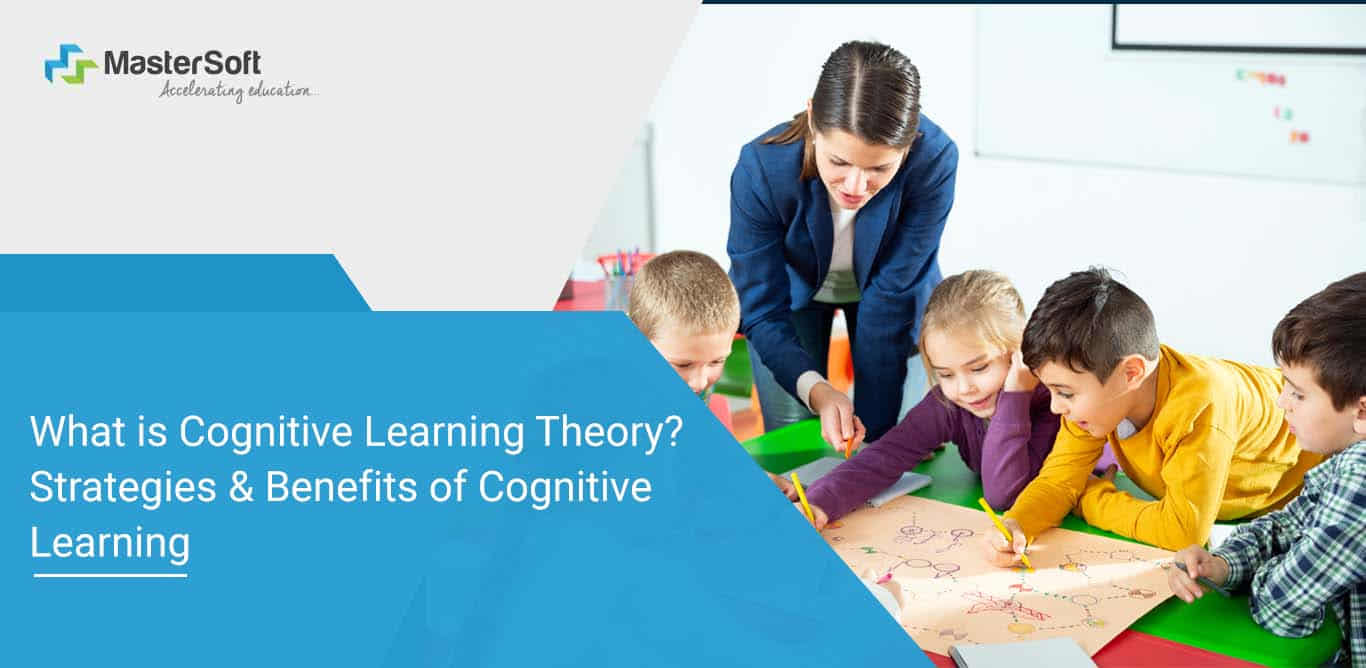
17, February 2022
Plenty of times, students find themselves wondering about the best ways to retain information for an extended period and use it at opportune times. But more often than not, they struggle to apply the knowledge that they have gained, primarily due to ineffective learning practices. Therefore, institutes and educators strive to look for ways that would help to enhance thinking capabilities, in effect also making a positive impact on their overall development.
Similar to the schools and colleges, the corporate sector also incorporates various programmes and sessions focusing on cognitive learning. Consequently, it helps the employees to work more efficiently and provides them with the insight to apply relevant skills for a specific task. In the long run, it helps the organisation to achieve its goals and objectives.
What Is Microlearning? Examples & Benefits Of Microlearning
What Is Microlearning? Examples & Benefits Of Microlearning
What is Cognitive Learning Theory ?
Cognitive learning is an educational approach that gives major importance to effective usage of the brain. To understand and implement that, one must know the meaning of cognition. Cognition is defined as the process of gaining knowledge and understanding concepts with the help of our senses, thoughts, and experiences.
Cognitive learning theory makes use of metacognition. It loosely translates to ‘thinking about thinking’. It means the process of understanding how an individual’s thoughts influence learning. Usually, it is contrasted against or complemented by the behavioral learning theory which gives complete emphasis on the influence of a student’s environment on learning
The word cognitive comes from ‘’cognition’’, which describes the ability to think, perceive, remember and solve problems. Cognitive learning theory, on the other hand, is a theory that highlights how the human mind works during the learning process. It focuses on how the brain processes information and explores the ways through which learning occurs.
Education Psychologist Jean Piaget came up with the theory as per which he believed that external and internal factors influence mental processes to produce learning in an individual. He posited the theory to highlight that knowledge is actively constructed by learners depending on their existing cognitive structures.
What are the Processes of Cognitive Learning Theory?
1. Perception
Perception refers to recognising the environmental stimuli and the action while responding to the stimuli. It is a significant cognitive learning process wherein individuals process information during simple or complex events. In addition, prior experience also affects one's perception.
2. Concept formation
Concept formation helps to organise information accordingly in different categories. For instance, it helps to decide which way to go after seeing a road sign pointing in a specific direction.
3. Memory
Memory forms the foundation of the cognitive learning process as it helps to store and recover information that individuals have previously learned. Moreover, it does not focus on short-term or long-term memory. Instead, it emphasises creating an environment of mastering a concept that helps them to relate to their prior experiences.
4. Application
The application component of the cognitive learning approach promotes the application of new information or skills in real-life situations. Consequently, helping to develop problem-solving skills.
What Is Collaborative Learning? Benefits & Strategy Of Collaborative Learning
What are the Strategies of Cognitive Learning?
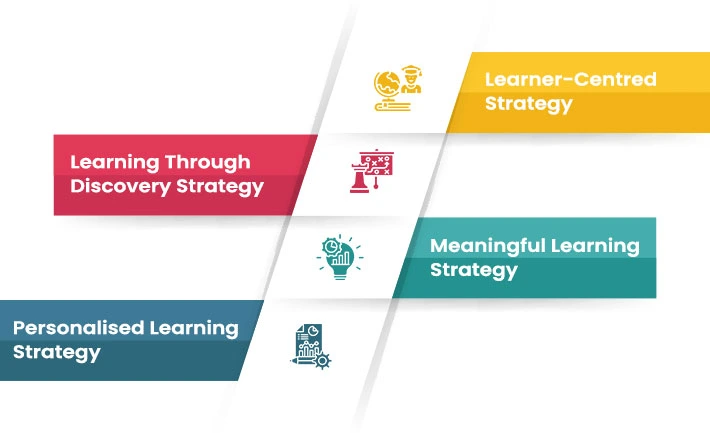
Be it any corporate environment or high educational institute, below are some strategies that ensure productivity in all spheres:
1. Learner-centred strategy
As the term suggests, this strategy focuses on the students, taking a cue from the accumulated knowledge, education, previous experience and ideas. Therefore, this approach is about relating new information to existing knowledge.
So, when any chapter or topic is started in the class, the students can share their opinions and views.
Three significant components of the Learner-centred approach
- Accommodation - Incorporating new information by modifying what the individuals already know.
- Assimilation - Organising the new knowledge in the brains apart from what already they know.
- Equilibrium - Balancing the new information that the individual is trying to acquire with the existing knowledge.
2. Learning through discovery strategy
Learning is a continuous process, and there is no end to it; hence as per this strategy, individuals have the liberty to build knowledge by exploring new ideas. Furthermore, this strategy helps develop analytical skills as it helps analyse any problem and come up with the best solution. It encourages individuals to discover answers by themselves and put them face to face with real-world issues. Additionally, this strategy is often used in one of the levels of Bloom’s taxonomy.
3. Meaningful Learning Strategy
The most commonly used technique that students and educators employ to learn a lesson is rote learning. But that results in ineffective learning because they can't retain the information and hence cannot apply it to any situation or problem.
In stark contrast, cognitive learning strategies like meaningful learning strategy helps to inculcate a wholesome experience for students. The approach guides instructors to implement several active learning activities, which enhances the student-teacher dynamics. Additionally, it also fosters student responsibility.
4. Personalised Learning Strategy
Each student is a unique individual and has their own problems and perspectives about the world. Hence, it is only appropriate for instructors to create a learning experience to fit individuals depending on their knowledge.
A personalised learning strategy helps educators design a plan of action for students to optimise their strengths and improve their shortcomings. Also, institutes often use a learning management system to implement the strategy in the classroom.
What Is Blended Learning? Types And Benefits Of Blended Learning
Types & Examples of Cognitive Learning Strategies
Written below are the Types & examples of cognitive learning:
1. Explicit Learning
Explicit learning is the voluntary attempt to learn something that an individual desires; when they actively seek knowledge or try to learn a new skill or process.
An example of explicit learning is when students enrol themselves in a photography course to learn the specific technique to capture a high-resolution picture.
2. Implicit Learning
Implicit learning happens when the individual passively gains new knowledge or skill while unaware of the entire process. This kind of learning occurs when they work, talk, or do any normal day-to-day work.
For instance, typing fast without looking at the keyboard is an ideal example of implicit learning.
3. Meaningful Learning
Meaningful learning occurs when individuals are able to relate the newly acquired information with their past experiences. This is possible because the cognitive learning approach enables individuals to apply problem-solving skills in different areas of life.
4. Collaborative Learning
The strategy also encourages instructors to include activities and tasks in the classroom that require students to do collaborative learning. Furthermore, when students work in groups or teams, it helps to build social skills and develop their ideas and knowledge.
5. Experiential learning
Experiential learning happens throughout one’s academic life and career. When individuals take valuable lessons from their experiences(both positive and negative), for instance, while participating in an assignment, a student might not score the highest marks. Still, it would help him to understand why he lagged.
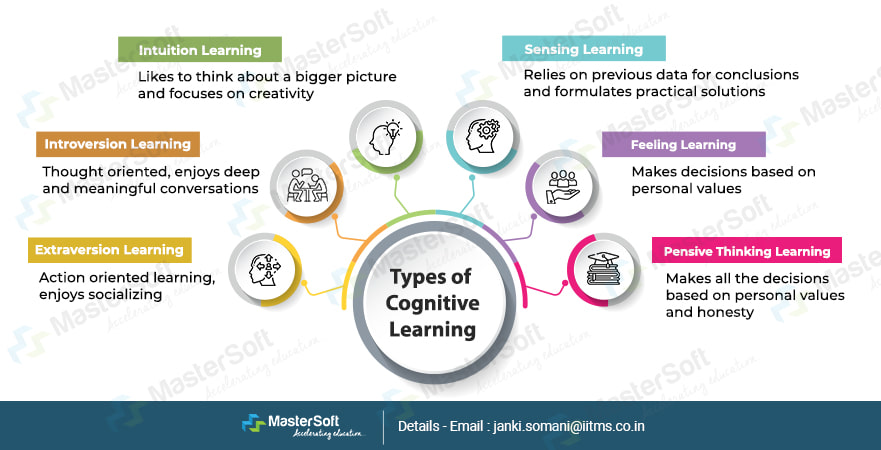
Benefits of Cognitive Learning Theory
- It builds confidence and provides an in-depth understanding of core concepts and the underlying meaning of many things.
- Through cognitive learning, individuals can build upon previous ideas and knowledge. Hence, when the individual learns any new information, it gets added to previous knowledge, thereby increasing their knowledge.
- Instead of mechanical rote learning, the strategy promotes immersive learning and understanding new concepts and material.
- It helps to promote problem-solving skills and encourages to apply them in relevant situations.
- It also helps to break down complex issues through concept formation and perception. Consequently, it helps to foster creativity, enabling finding solutions to any given problem.
Implement New Learning Approaches and Teaching Methods with MasterSoft
Mobile: 08448010216
Email:info@mastersofterp.com


